TinyFPGA BX Board
The TinyFPGA BX is a small field-programmable gate array (FPGA) board with all of the components and circuitry required for the FPGA to function, provided for you in a single package. The BX module allows you to design and implement your own digital logic circuits in a tiny form-factor perfect for breadboards, small spaces, or custom PCBs. The power of the TinyFPGA BX allows you to do things that are not possible with traditional microcontrollers. While microcontroller boards have a fixed set of peripheral devices on-board, the TinyFPGA BX can implement the exact peripheral devices needed to get the job done!
The full potential of programmable logic devices allows for even more ambitious projects than custom microcontroller peripherals: augment a retro-computer with new capabilities, recreate an 8-bit computer from history, or design your own. Once you have a design, you can program it onto the TinyFPGA BX module over USB. All the functions your design implements will now be able to interface with the outside world through the module’s IO pins.
Whether you are a hobbyist looking to expand your capabilities, a professional prototyping a new product, or a student learning the ropes of digital design, the TinyFPGA BX can help you on your way.
- Programming Interface: USB 2.0 full-speed (12 mbit/sec)
- ICE40LP8K FPGA
- 7,680 four-input look-up-tables
- 128KBit block RAM
- Phase Locked Loop
- 41 user IO pins
- 8MBit of SPI Flash
- Onboard 3.3 V (300 mA) and 1.2 V (150 mA) LDO regulators
- Low-Power 16 MHz MEMs Oscillator
- 1.3 mA power when active
- 50 ppm stability.
- TinyFPGA BX User Guide
- Datasheet (iCE40LPHX)
- FPGA Resource Page
TinyFPGA BX Board Product Help and Resources
Core Skill: Soldering
This skill defines how difficult the soldering is on a particular product. It might be a couple simple solder joints, or require special reflow tools.
Skill Level: Noob - Some basic soldering is required, but it is limited to a just a few pins, basic through-hole soldering, and couple (if any) polarized components. A basic soldering iron is all you should need.
See all skill levels
Core Skill: Programming
If a board needs code or communicates somehow, you're going to need to know how to program or interface with it. The programming skill is all about communication and code.
Skill Level: Expert - You should be extremely comfortable programming on various hardware in several languages.
See all skill levels
Core Skill: Electrical Prototyping
If it requires power, you need to know how much, what all the pins do, and how to hook it up. You may need to reference datasheets, schematics, and know the ins and outs of electronics.
Skill Level: Rookie - You may be required to know a bit more about the component, such as orientation, or how to hook it up, in addition to power requirements. You will need to understand polarized components.
See all skill levels
Comments
Looking for answers to technical questions?
We welcome your comments and suggestions below. However, if you are looking for solutions to technical questions please see our Technical Assistance page.
Customer Reviews
3.6 out of 5
Based on 7 ratings:
1 of 1 found this helpful:
Great little FPGA
I've had great luck with my limited use so far. Toolchain was easy to install and use. Device just kinda works without a lot of effort. Definitely ideal for someone who is looking to get their feet wet.
2 of 2 found this helpful:
Not recommended
My brand new board bricked immediately out of the box. Although I was extremely carefully following the setup instructions online, the board bricked once I updated the bootloader. Looking online it seems to be a common issue. Unfortunately, there is no official documentation to help with the troubleshooting - you end up relying on random blogs with random posts written by people who hacked or attempted ad-hoc solutions that worked for them, but possibly for nobody else. In other words, you are on your own and will probably spend a lot of time just to get started.
I really cannot recommend this product. I think it goes in the right direction of making FPGA boards more accessible, but the lack of support and documentation from the developers make it useless.
1 of 1 found this helpful:
Perfect for learning about FPGAs
It's easy to program over the USB connection, has plenty of IO pins, and has enough logic cells to build soft microcontroller, plus a bit extra for some custom hardware. Or go fully custom and play with handling asynchronous signals and true parallel logic. The open source tools, at least for verilog, are mature enough to get things done without focusing much on the tool chain.
1 of 1 found this helpful:
A great beginner FPGA
This board is good for people to start out writing basic code for an FPGA since it easily fits on a breadboard and can be programmed with at least two different software packages.
Not operable
the ide I downloaded does not have the BX board so the bit file will not upload
Great Little Board
I have a handful of FPGA boards ( some significantly more expensive than this one!) but this is the easiest board to work with by far! Open source software, reasonable documentation, Lattice IDE (free version), USB programming - all work well on my linux laptop (Ubuntu 18.04). Add a small breadboard and you have a nice little learning / dev platform.
Works with the Mac!
So far its working quite well!
However the open source software took quite a bit of work to install on MacOS, and the instructoins on the TinyFPGA website are incomplete. Also, there seems to be about a 40 second delay between plugging the board into the Mac's USB port (or pressing the reset button) and when it is recognized by the OS, which made it seem like it was not working at first. You just need to be patient. This was on MacOS Catalina and a MacBook Pro with USB-C.
Once getting past those issues, it works as advertised. It's so nice being able to use an FPGA for a hobbiest project.

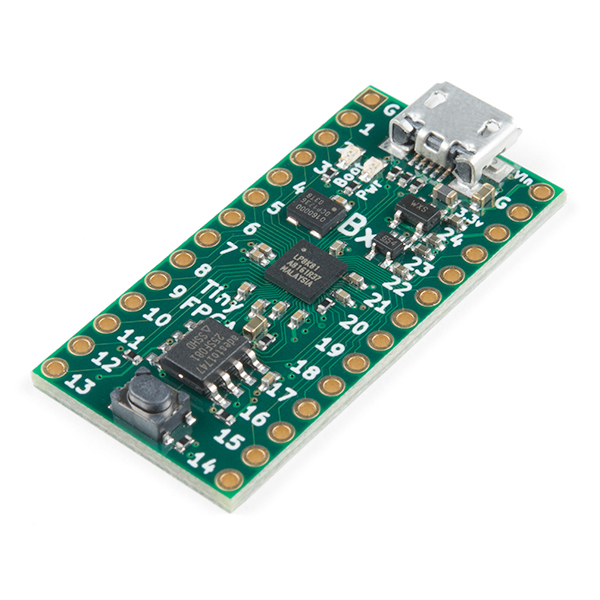
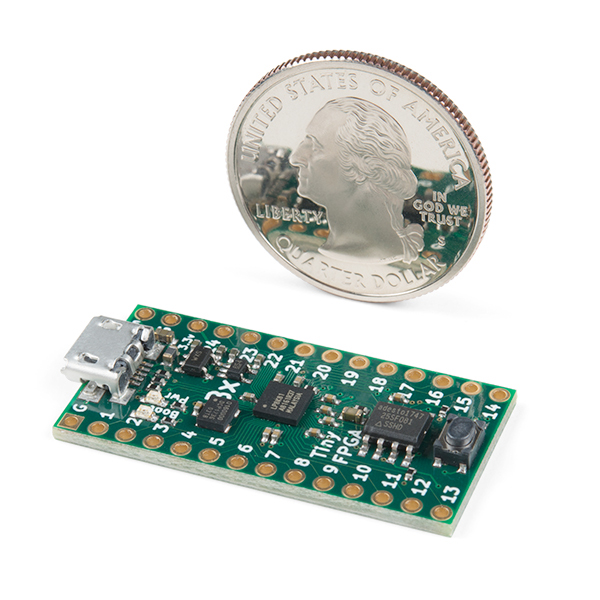
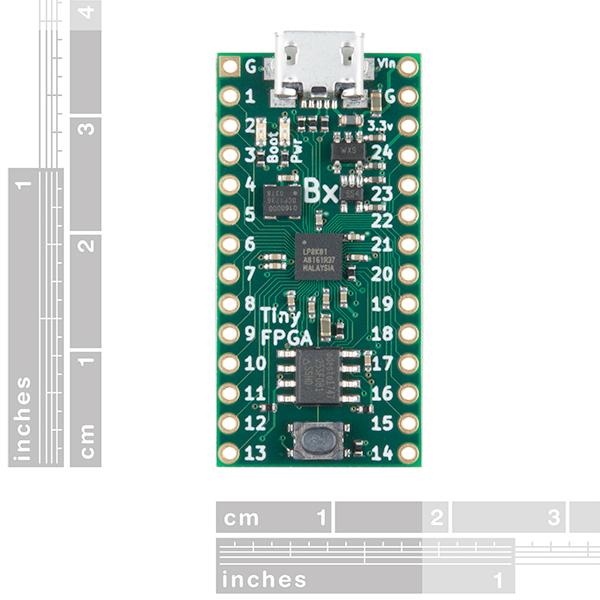
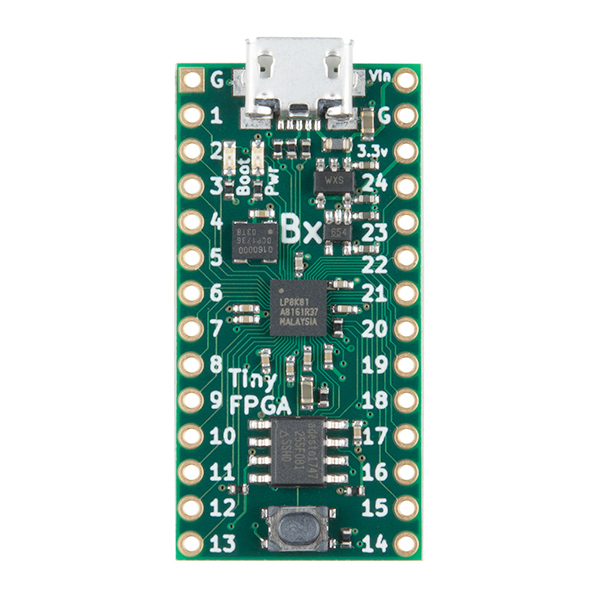


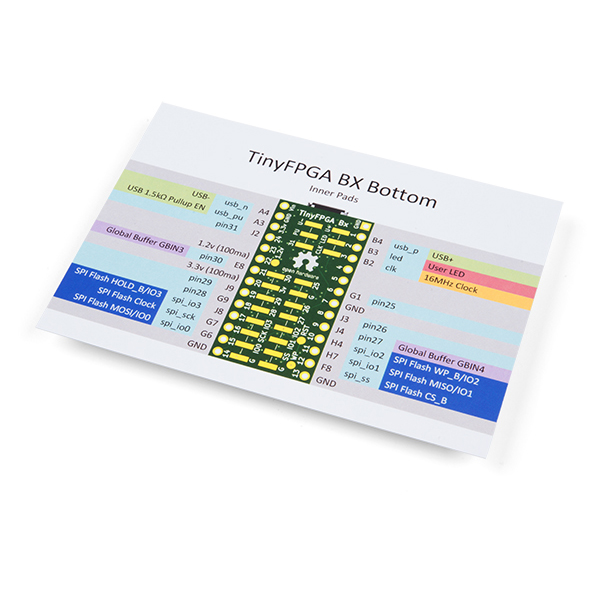
Are these boards volatile?